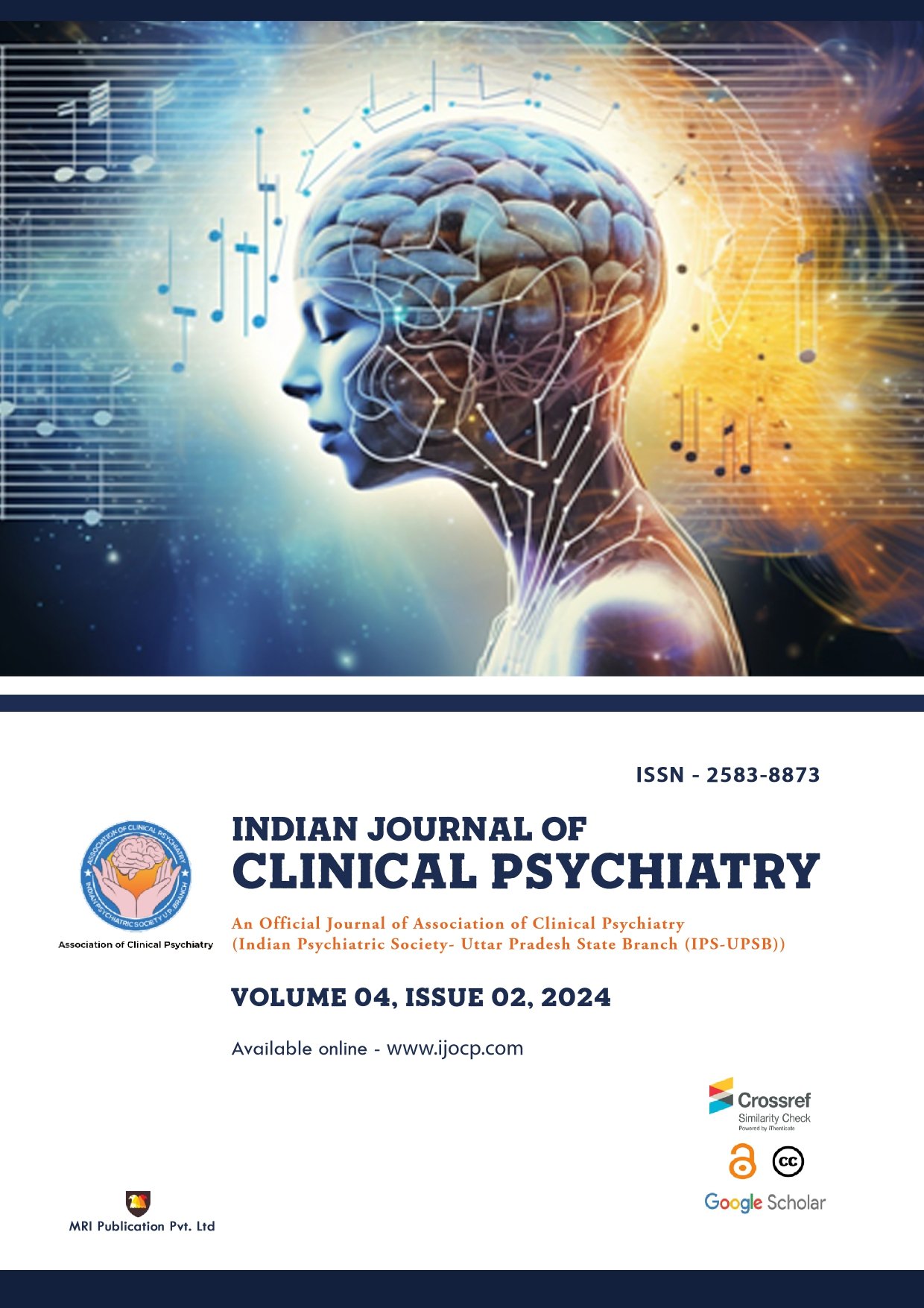Schools: A vital component of Child and Adolescent Mental Health
Downloads
Issue
Section
License
Copyright (c) 2023 Afzal Javed, Nazish Imran

This work is licensed under a Creative Commons Attribution-NonCommercial-NoDerivatives 4.0 International License.
Mental health among children and adolescents persists as a significant public health concern, given the continuous escalation in the prevalence of mental disorders.1 According to the World Health Organization (WHO), roughly 20% of young people encounter psychiatric difficulties.2 A considerable proportion (50%) of psychiatric morbidity in adults manifests in the formative years ofAbstract
childhood. Children and adolescents living in LMIC have a high prevalence of psychiatric morbidity due to various adversities they face, including limited services to support children with neurodevelopmental disabilities and stigma, poor educational facilities and educational environment, bullying, caregivers’ absence, chronic poverty, armed conflicts, etc. Despite the high burden of mental illnesses originating at young age and associated disability, evidence from both developed and developing countries suggest that the majority of children at risk of psychiatric illness remain undetected and untreated. In certain
societies, it is not an anomalous phenomenon that parents are held accountable for their child’s mental illness or that it is traced back to spiritual factors and demonic possession. Epilepsy, a significant co-morbid disorder with many
developmental problems in children, is sometimes considered contagious. Lack of resources (finances, services, human resources) and stigma faced by children and families are among the main barriers identified in access to care.
How to Cite
Downloads


